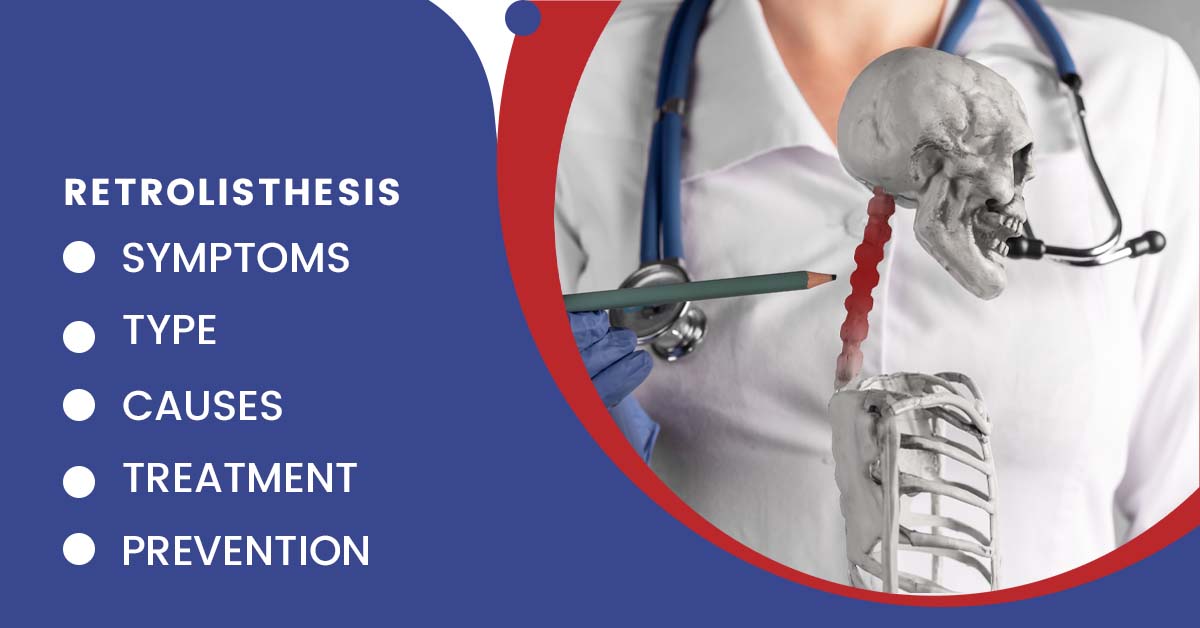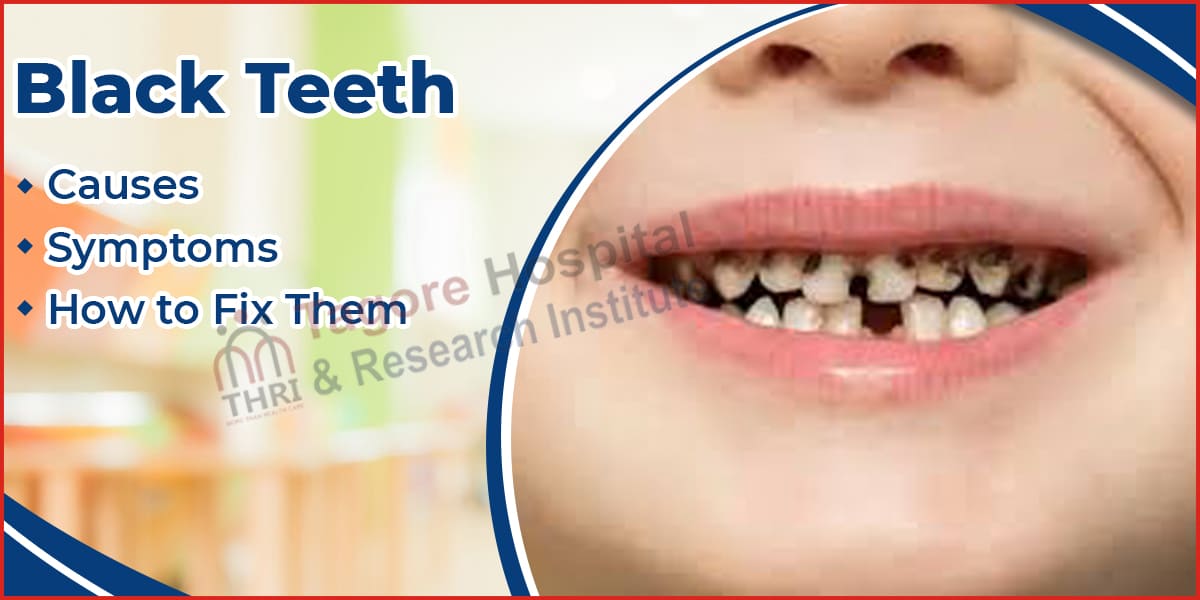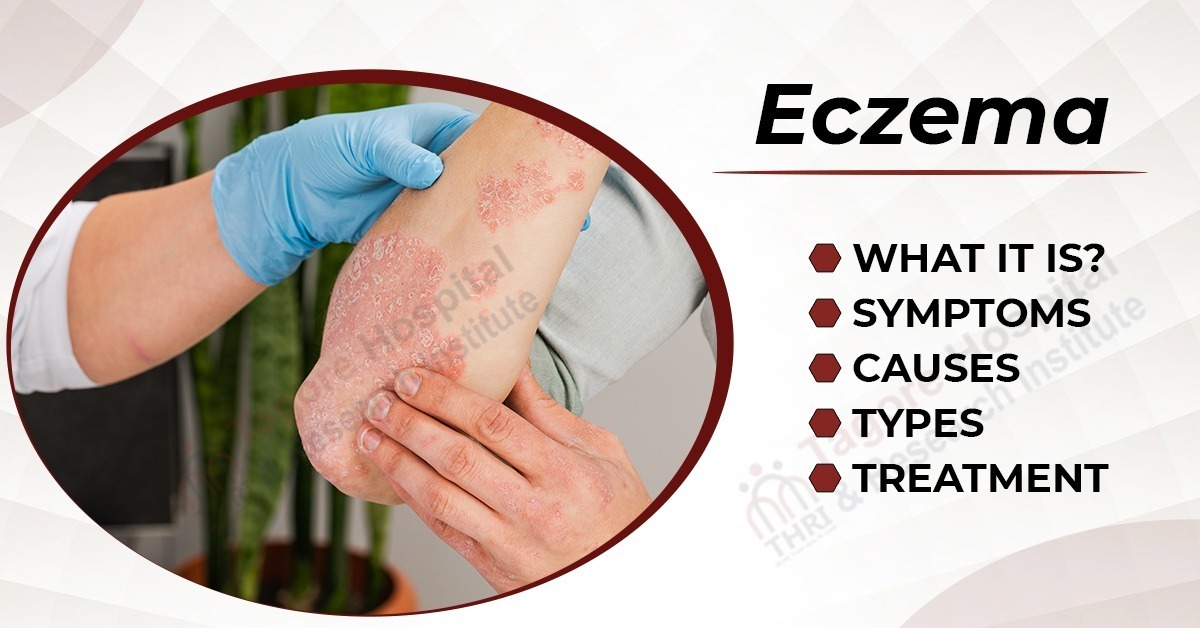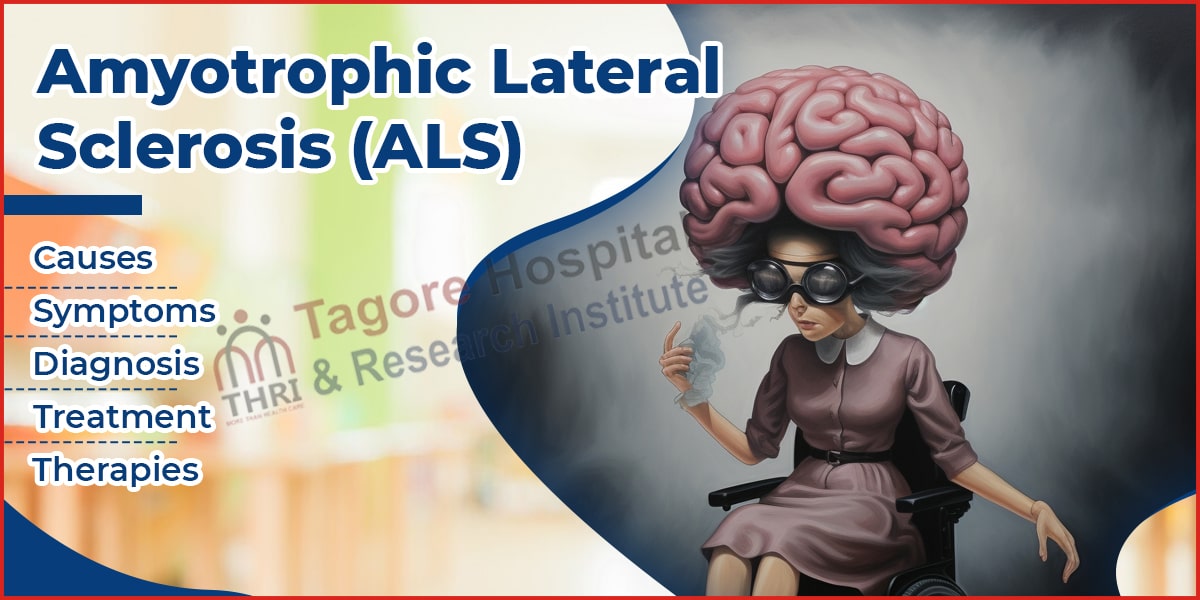- By THRI admin
- Posted November 14, 2022
The term retrolisthesis refers to when a vertebra slips underneath or along a disc in the back and causes joint dysfunction.
A retrolisthesis occurs when a vertebra slips backward, as opposed to a spondylolisthesis, which occurs when a vertebra slips forward. Back pain is commonly caused by retrolisthesis in the neck, shoulder, or lumbar areas of the back. Movements are at least two millimeters (mm) in each direction.
The spine's center area and the thoracic spine are less likely to experience retrolisthesis, but it may occur.
What is Retrolisthesis?
A person's spinal health can be affected by a variety of spinal conditions that affect the structure, function, and overall health. Retrolisthesis, the movement of one vertebra backward underneath or alongside a spinal disc, is an uncommon joint dysfunction.
Although the condition can occur in the thoracic spine, it's uncommon. It usually affects the cervical spine (neck and shoulders) or the lumbar spine (lower back). A vertebra's movement does not have to be significant to disrupt the spine's alignment and biomechanics; even a sign of two millimeters can have detrimental effects.
Retrolisthesis is no exception to the general rule that there are many types of spinal conditions, with varying causes and treatments.
Types of Retrolisthesis:
Based on the vertebra's relationship to the adjacent vertebra, retrolisthesis can be divided into three categories:
- Complete retrolisthesis: When compared to the positioning of the vertebrae above and below, one vertebra shifts backward.
- Partial retrolisthesis: An underlying vertebra shifts backward to a spinal segment compared to an underlying vertebra.
- Stair-stepped retrolisthesis: One vertebra's position differs from the one above, but it moves ahead of the one below.
Symptoms of Retrolisthesis:
Retrolisthesis symptoms can be mild or severe, depending on the individual. These symptoms may appear in any combination:
- Pain in the back
- Back pain in one particular area
- Movement is limited
- An area of dislocation is painful
- The pain is sharp and pinched
- Inflammation of the spine
There is a possibility that symptoms extend beyond the back. Some people experience tingling or numbness in some of their extremities, such as:
- Hips
- Legs
- Buttocks
- Thighs
- Arms
- Shoulders
- Neck
Similar to spondylolisthesis, spondylolisthesis involves the vertebrae moving forward rather than backward.
Causes of Retrolisthesis:
A person with retrolisthesis will have less space between their vertebrae, which can occur for a variety of reasons.
The following elements are believed to be contributing factors, though research has not yet produced a clear, conclusive explanation for why the discs and space between the vertebrae diminish naturally:
- Spinal-degeneration-related issues
- Arthritis
- Congenital disorders
- Trauma or damage to the spine
- Blood and bone infections
- Nutritional deficiencies
- Osteoporosis and other spinal disorders
- Weakened abdominal and spinal muscles
Diagnosis of Retrolisthesis:
A doctor will begin by examining a patient's overall health as well as any symptoms they may be having. A lateral X-ray may be suggested by a doctor if they suspect retrolisthesis following the examination. Because retrolisthesis cannot be detected when the patient is lying down, a lateral X-ray is performed while the patient is standing.
The X-ray will be scrutinized by the physician, who will probably mark the image with several lines to compare the vertebral positions and gauge how far the vertebrae have moved from their original positions. The presence of retrolisthesis is indicated by any slippage greater than 2 millimeters.
A person's retrolisthesis may also be indicated by additional symptoms that can be seen on the X-ray. Some additional signs may include:
- Vertebral arteries that have hardened
- Decreased disc heights
- Bone growths
- Intervertebral gas pockets
When To See A Doctor?
If you have any symptoms which have shown above, you need to rush to the doctor immediately. If you avoid the symptoms, then it will create problems in the future.
How Is Retrolisthesis Treated?
Inflammation and pain are to be reduced during retrolisthesis treatment. Depending on the severity of the condition and how other tissues and discs might be impacted, different treatment options are used.
Surgery:
Only when non-surgical treatments are unsuccessful is surgery necessary. Before recommending surgery, the orthopedist and physician may determine whether there is a possibility of long-term spinal and neurological damage. Minimizing slippage, pain, and instability as well as preventing or reversing any neurologic loss are all benefits of spinal surgery.
Non-Surgical Treatments:
The non-surgical treatments include:
- Exercise to enhance back, spine, and abdominal muscles
- Massages that help to regain muscle tone and increase circulation are known as myofascial release.
- Inflammation, swelling, and pain can be reduced with the help of low-level electric currents known as microcurrent therapy.
- Providing the area with heat
Nutrition:
For the patients' bodies to repair the soft tissue damage, they must consume enough food. They must eat foods that are high in:
- Green vegetables, peas, and peanut butter all contain copper.
- Dairy products, leafy greens, and sardines are all excellent sources of calcium.
- Carrots, spinach, and cantaloupe are good sources of vitamin A.
- Foods high in vitamin C, such as oranges, lemons, and broccoli
- Cereals, bread, and milk that have been fortified with vitamin D
- The presence of manganese in bananas
- Zinc is present in nuts, pork, and lamb.
- Meat, lentils, and soybeans are examples of foods high in proteins and amino acids.
To find out how much of each nutrient they need to consume to meet their needs, patients should speak with a dietitian. A healthy diet may also aid in the control of weight. A patient's vertebrae are less stressed when they lose weight when they are overweight.
Exercises and physical therapy:
To instruct patients in the proper lifting, bending, and sitting techniques, the doctor might recommend that they speak with a physical therapist. Weight management may benefit from physical therapy and exercise. They can also improve mobility, flexibility, strength, and pain relief.
Exercises that are effective in the right places include yoga, pilates, and walking. At-home workouts for patients include pelvic tilts while seated on a ball, hip extensions, lower back rolls, and ab crunches. Additionally, they can sit upright at work and refrain from flexing their knees and hips while doing so.
Prevention Tips for Retrolisthesis:
Retrolisthesis cannot always be prevented. For instance, a person may suffer from an injury that throws their back out of alignment. Others may experience retrolisthesis due to genetic causes.
The majority of people can prevent retrolisthesis by adhering to some of these fundamental advice:
- Maintain a healthy weight and diet for strong bones and less back pain.
- Pelvic tilt exercises can help you build up your core muscles, which will help to relieve back strain.
- Maintain proper posture while standing and sitting.
- Practice yoga to strengthen your core, improve your posture, and align your back.
- Avoid overextending or putting too much weight on the back to prevent strain.
- Smoking should be avoided because it can eventually harm your joints.
Conclusion:
Retrolisthesis can be avoided by taking good care of one's back, which includes exercising frequently, eating a healthy diet, and staying away from risky activities.
After adhering to the treatment regimen recommended by their doctor, patients with retrolisthesis frequently make a full recovery surgery may occasionally be necessary for patients to heal.
Tags





